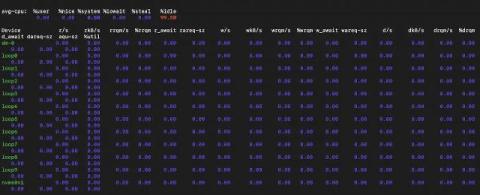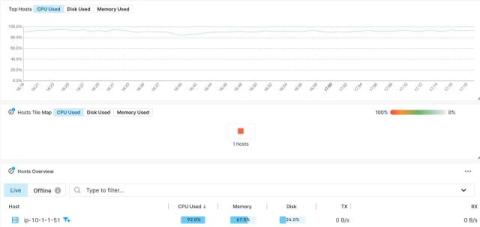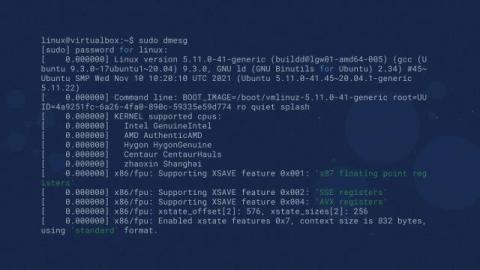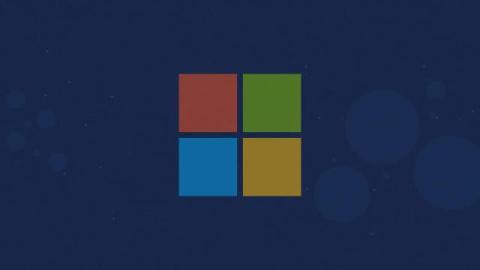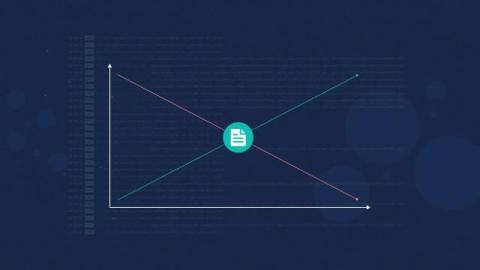Let's Encrypt Ends Expiry Emails - What Now?
Let’s Encrypt has announced that it will no longer send certificate expiration notification emails. If you’ve relied on those emails to remind you when to renew your SSL/TLS certificates, it’s time to rethink your approach.



